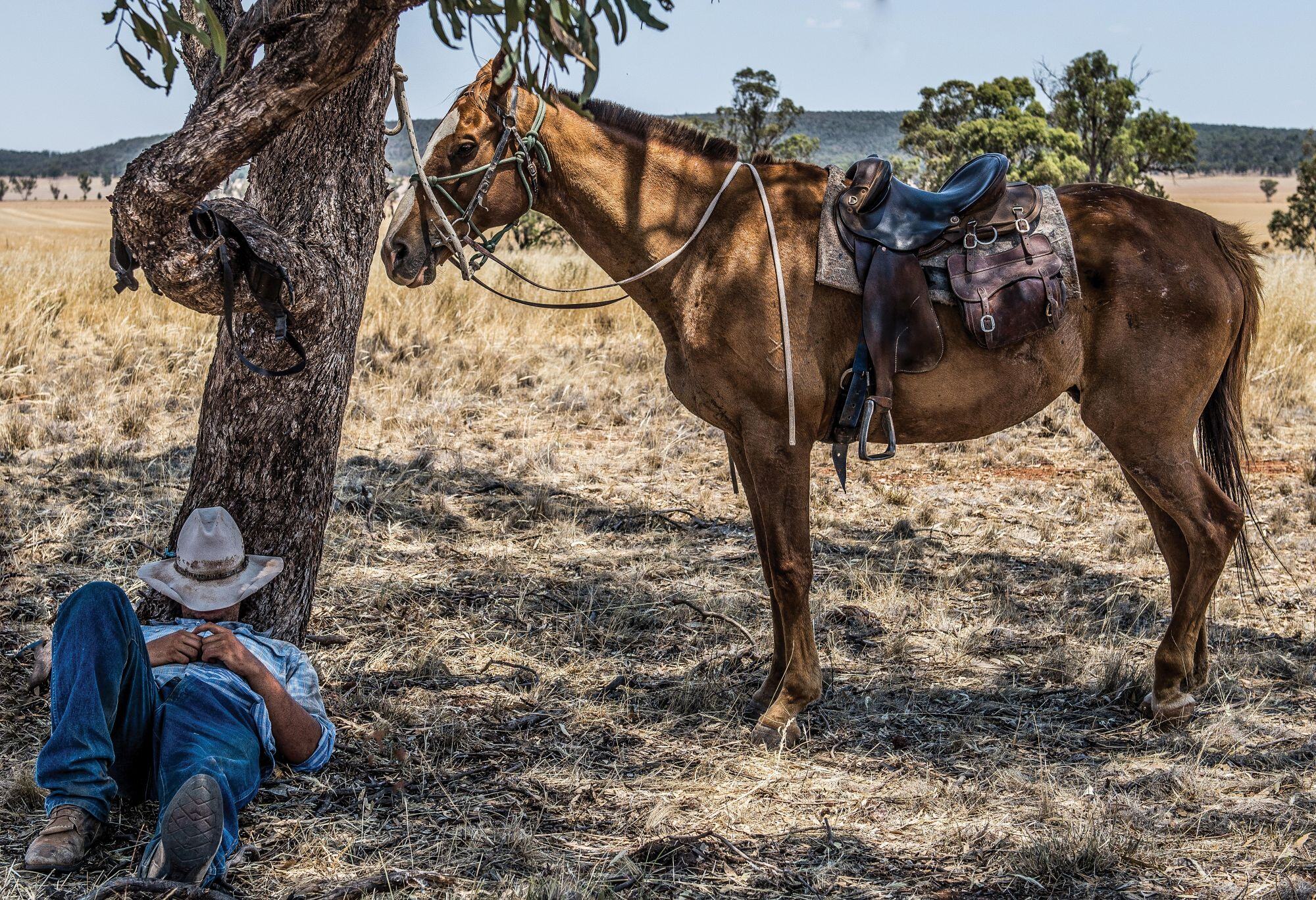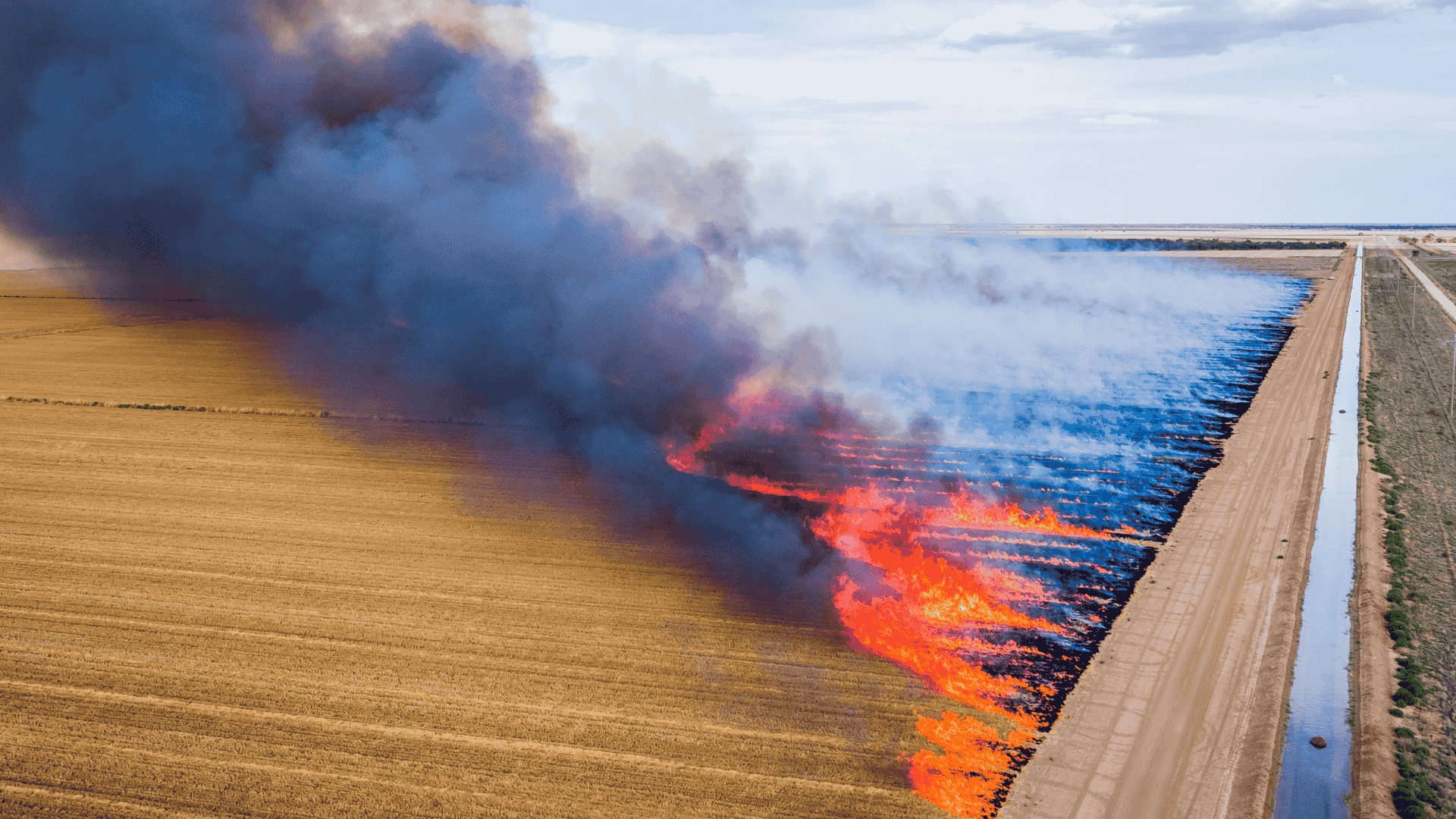Drought continues but farmers find 'paydirt' at last
Strong livestock markets and a steady national crop value is set to fill the pockets of Australian farmers, a top economic forecast shows.The value...
2 min read
Tom Rookyard : Feb 28, 2025

The USDA American Beef Retail index has climbed to a new monthly record hitting 852c in January 2025, breaking the previous record of 851c in August 2024. This index from the USDA provides monthly average price values at the retail stage of the production. Since January 2021, the index has risen 33% showing the impact on the cost of living in the US.
People have used the retail values in this data set as a measure of the costs of beef to consumers. For the Australian beef producer this provides an insight into the price of beef in the US, and also what Australian beef is competing with globally in the US. It also reveals the export markets Australian and the US compete against each other to supply.

The MLA Eastern Young Cattle Indicator (EYCI), has closed off Thursday February 27, at 653c down 13c on last Friday; whilst the National Mutton Indicator closed off at 380c, 9c up on last Friday. The strength of the Mutton indicator is encouraging with over 200,000 sheep being slaughtered each week in February highlighting the demand for Mutton.
Cattle slaughter and volume looks to be making an impact. Cattle slaughter has sat above 140,000 head each week so far in February, noting that the average weekly cattle slaughter for 2024 was 131,000.
The lamb market in 2025 has opened much like it closed in 2024, with the MLA Heavy Lamb Indicator remaining above 800c, finishing at 824c on February 28. A quarterly review of price differences between the MLA Heavy and Trade Lamb indicators shows a persistent negative gap since December 2022—meaning trade lambs carried through to heavy weight continue to attract premiums. Whilst only a rudimentary view without including additional costs, this does give an insight into the state of play. For lamb producers, this reinforces confidence, especially after a record-breaking year for lamb and mutton exports in 2024, with 97,000 tonnes of lamb meat shipped to the Middle East and 85,000 tonnes to the US.

This year has seen Lamb exports resume where they left off in 2024. January 2025 saw 24,177kg of lamb meat export from Australia. The main players of 2024 were all in force being the US, Asia and the Middle East importing volumes of Australian lamb as similar levels to January 2024. For lamb producers this resumed volume is encouraging to see after a record-breaking export year, which saw year on year growth for lamb imports of 45% for the Middle East, 30% for EU, 28% for the US; 17% for Japan.

The 90CL indicator has broken its record again, the import indicator of trim beef into American hit 1,066c/kg AUD in the week of the January 31, 2025. The indicator broke its all-time high several times in 2024 - in August hitting 988c, than in December breaking the 1,000 mark reaching to 1,054 in the last week of December. 2025 has opened strong sitting above 1,000 each week for the year so far. For Australian beef producers the 90CL is worth monitoring as it is primarily made up of cull cows. 90CL refers to meat that is 90% lean red meat and 10% fat, Australian lean beef (cull cows) and 50CL fatty US beef makes a 70CL beef patty.
SOURCE: MLA, DAFF, USDA, NLRS
Tom Rookyard is the General Manager at Ottley Livestock Finance.
.png)
Strong livestock markets and a steady national crop value is set to fill the pockets of Australian farmers, a top economic forecast shows.The value...
.png)
The National Farmers’ Federation (NFF) has secured a Federal Government commitment to extend Right to Repair reforms to agricultural machinery, a...

Thousands of people are facing the most severe bushfire danger conditions since 2023 as high temperatures and howling winds spark fears of major...